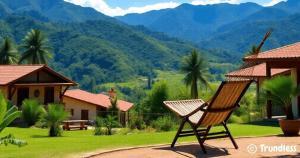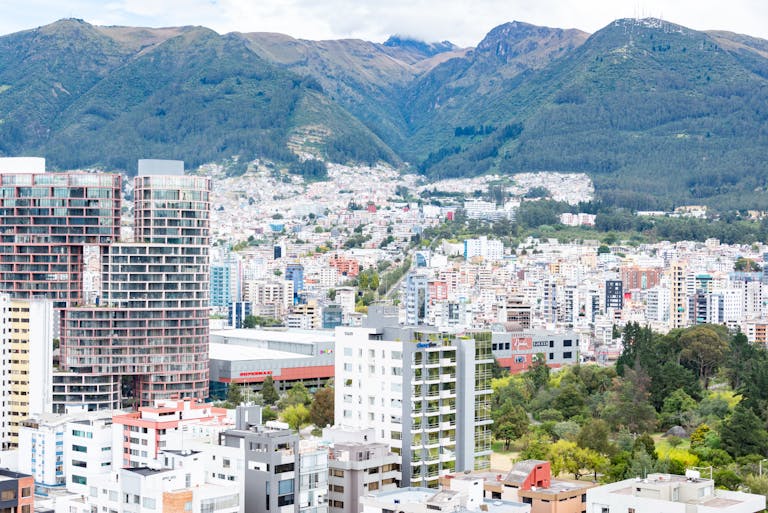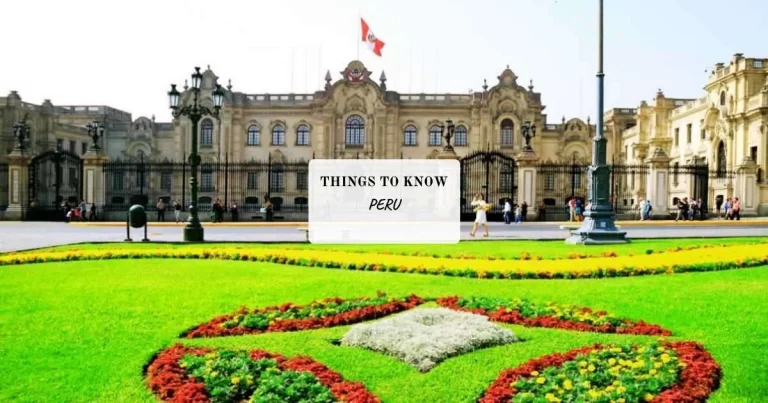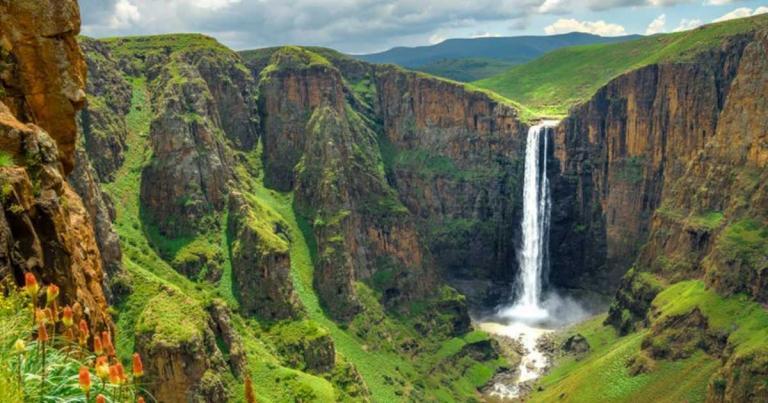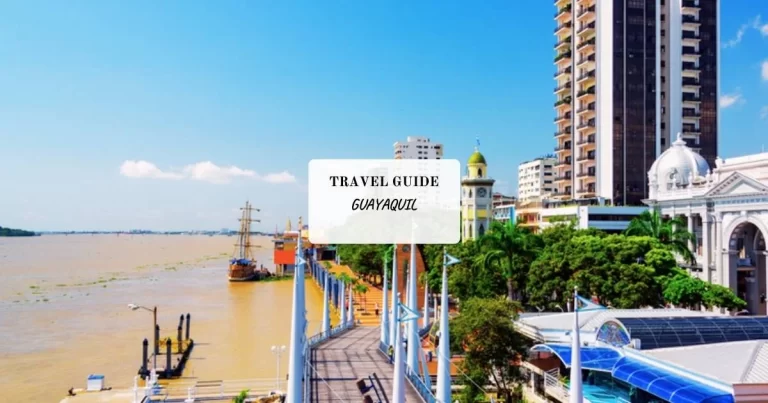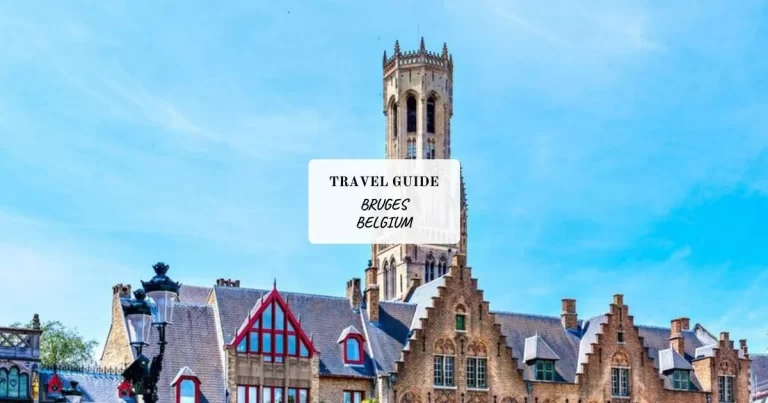What is the history behind Guayaquil’s famous Malecon 2000?
Guayaquil, Ecuador’s largest city, is a vibrant cultural hub that reflects the country’s rich history and diversity.
Malecón 2000 stands out as a significant landmark along the Guayas River, attracting both locals and tourists. This waterfront boardwalk offers a blend of recreational spaces, gardens, and cultural attractions.
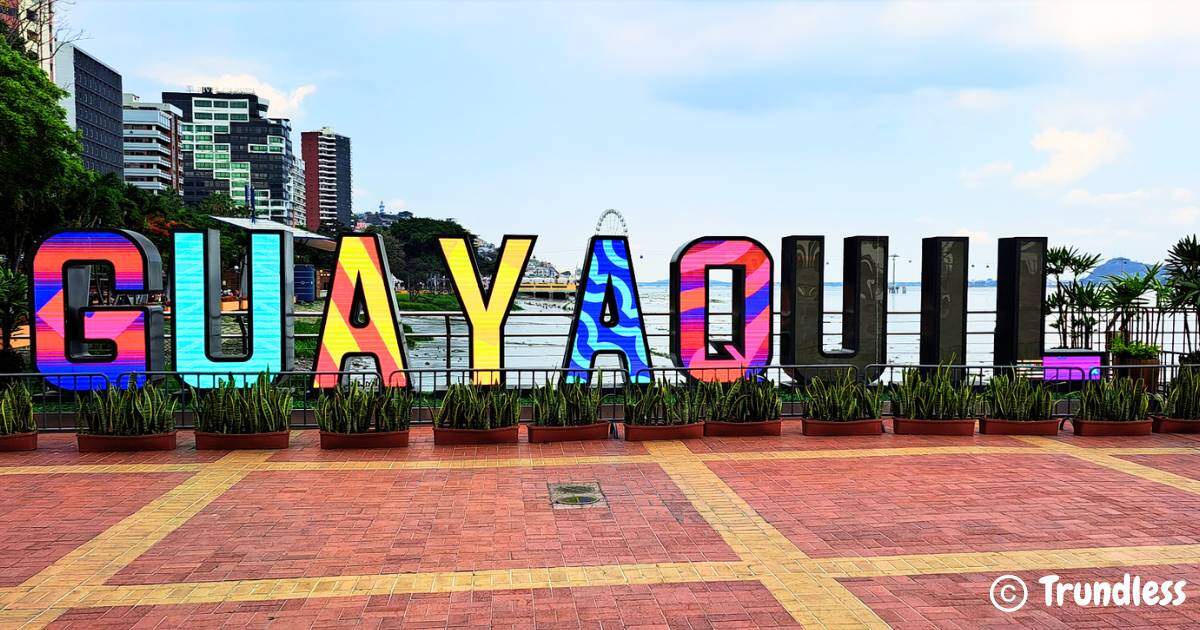
Understanding the history behind urban landmarks like Malecón 2000 is essential for appreciating their role in shaping community identity and enhancing public spaces. Historical context enriches your experience as you explore these areas. Discovering the evolution of Malecón 2000 reveals how it transformed from a simple path to a bustling social center, illustrating Guayaquil’s growth and resilience over centuries.
For first-time travelers to Ecuador, proper preparation is essential. Our ultimate guide offers key tips on planning, budgeting, safety, and cultural immersion for an unforgettable experience. Discover these helpful insights. here.
Our Trundless blog offers expert travel tips, city guides, and essential advice to help you navigate your journey confidently. Explore our blog here for more insights.
Early Beginnings: The Colonial Period and Beyond
Guayaquil’s history during the colonial period is marked by its strategic position along the Guayas River, which facilitated trade and interaction between Indigenous populations and European settlers. Founded in 1537, Guayaquil rapidly developed into a vital commercial hub.
The area that would eventually become Malecón 2000 began as a narrow path along the riverbank. This early trail served as a vital link for merchants and travelers navigating the bustling port city.
With time, this humble pathway evolved. By the 19th century, it transformed into a lively social space where citizens gathered to enjoy leisure activities, fostering a sense of community.
Key developments included the construction of structures such as markets and public squares that catered to both residents and visitors. The riverfront began attracting artists, traders, and families alike, solidifying its status as a communal gathering point.
The transformation from an essential trade route to a vibrant social space reflects broader changes in Guayaquil’s urban landscape. As the city grew, so did the importance of public spaces like Malecón 2000, setting the stage for future developments that would redefine its significance in Guayaquil’s cultural identity. This early foundation laid crucial groundwork for what Malecón 2000 would eventually become—a focal point celebrating the city’s rich history and community spirit.
The 19th Century Evolution: A Social Hub in the Making
During the 19th century, Malecón 2000 evolved into a vibrant social hub for Guayaquil’s residents. The waterfront area became a focal point for community interactions, filled with life and culture. It served as a gathering place that fostered connections among citizens, offering a scenic backdrop for various activities.
Urban Growth’s Influence
As Guayaquil experienced rapid urban growth, the significance of Malecón intensified. This expansion brought an influx of people, businesses, and cultural events. The riverfront transformed into a lively promenade where locals enjoyed leisurely strolls, social gatherings, and public celebrations. Such developments contributed to the area’s identity as a central meeting place within the city.
Key Events and Gatherings
Several pivotal events marked this era, shaping Malecón’s identity:
- Civic Celebrations: Parades and festivals showcased local traditions, drawing crowds and enhancing communal spirit.
- Cultural Exhibitions: Art fairs and performances highlighted the rich cultural tapestry of Guayaquil, further solidifying its role as a community center.
- Political Gatherings: As a site for political discussions and rallies, Malecón became instrumental in expressing civic engagement among residents.
The convergence of these elements established Malecón not just as a physical space but as a vital part of Guayaquil’s historical significance. Its development reflected broader societal changes, making it an enduring symbol of community life in the city.
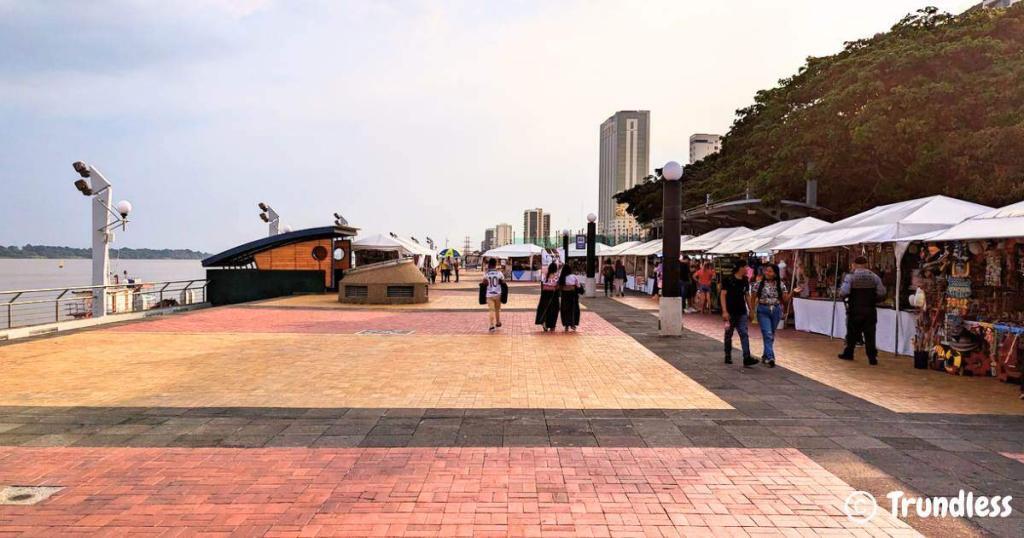
Decline and Deterioration: The Mid-1980s Crisis
The mid-1980s marked a significant downturn for Malecón, reflecting broader issues facing Guayaquil. Key factors contributing to this decline include:
- Economic Instability: Political turmoil and economic challenges led to increased poverty levels. Many businesses struggled to survive, causing closures along the waterfront.
- Urban Decay: Infrastructure deteriorated as maintenance waned. The once-vibrant area became characterized by neglect and abandonment.
The rise in crime rates during this period further exacerbated the situation. Residents avoided the Malecón due to safety concerns, leading to a stark contrast with its previous role as a social hub.
Local communities faced severe repercussions as businesses suffered from reduced foot traffic. Families who frequented the area for leisure activities found themselves seeking safer alternatives elsewhere. As the iconic promenade fell into disrepair, it symbolized more than just urban decay; it represented lost opportunities for connection and community.
Understanding this challenging chapter is crucial when exploring the history behind Guayaquil’s famous Malecón 2000. Recognition of these struggles laid the groundwork for future revitalization efforts that would eventually breathe new life into the area.
Revitalization Efforts: A New Vision for Malecón 2000
The revitalization of Malecón 2000 was led by influential political figures such as León Febres-Cordero and Jaime Nebot Saadi. Their dedication to urban renewal turned an area in decline into a lively social and cultural center.
The Role of León Febres-Cordero
León Febres-Cordero, serving as mayor in the 1990s, initiated plans that emphasized the importance of urban renewal. His vision aimed to reshape Guayaquil into a modern city while preserving its rich heritage.
The Contribution of Jaime Nebot Saadi
Jaime Nebot Saadi, who succeeded Febres-Cordero, continued these efforts with a focus on sustainable development and community engagement. His leadership was crucial in gaining public support and funding for the project.
The vision for Malecón 2000 encompassed more than just aesthetics. It included:
- Creating pedestrian-friendly spaces
- Encouraging local businesses
- Enhancing safety and security through active urban design
A clear timeline marked the redevelopment efforts:
- 1992: Initial discussions began, focusing on the need for urban regeneration.
- 1997: Groundbreaking ceremonies commenced, signaling the start of construction.
- 2000: The official opening showcased a transformed Malecón, featuring parks, sculptures, and recreational areas.
These efforts not only revitalized the waterfront but also instilled a sense of pride among residents. The collaborative approach to planning set a precedent for future urban projects in Guayaquil.
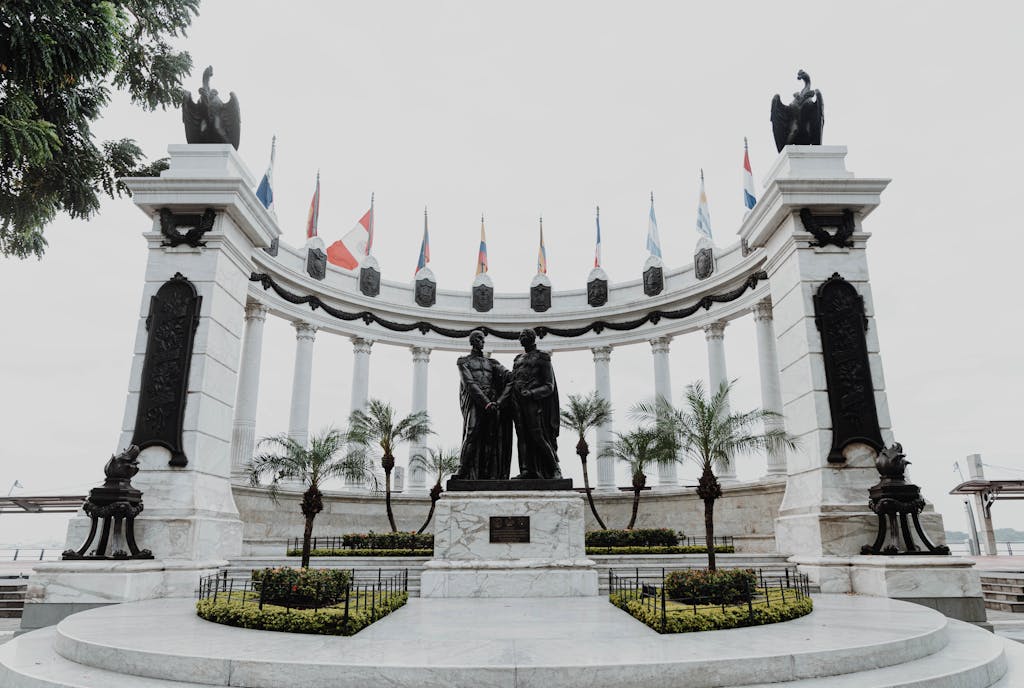
The Grand Opening: Celebrating Malecón 2000’s Transformation
The official opening of Malecón 2000 in October 1999 was a significant moment for both local citizens and visitors. It represented not just the physical change of the waterfront but also a renewed energy within the city.
Cultural Impact
For Guayaquil residents, this date marked a reclaiming of public space, fostering community pride and involvement.
Tourist Attraction
Tourists were attracted to the revitalized area, eager to experience the combination of modern amenities and cultural heritage.
The initial response from the public was extremely positive. Thousands came to explore the newly designed promenade, which included lush gardens, vibrant fountains, and various recreational areas.
Usage Statistics
Within months of opening, reports showed that over 1 million visitors frequented Malecón 2000. This increase highlighted its role as a social center and tourist spot.
The transformation into a lively urban environment not only beautified Guayaquil’s coastline but also revitalized the local economy through more foot traffic and business opportunities.
Exploring Malecón 2000: Attractions, Gardens, and Recreational Spaces
Malecón 2000 is a vibrant urban oasis, featuring an array of attractions that celebrate Guayaquil’s cultural heritage and natural beauty. Visitors can immerse themselves in:
1. Gardens and Green Spaces
Lush gardens line the promenade, offering serene spots for relaxation. The Jardín de la Hesperides showcases native flora, while fountains provide a refreshing ambiance. These areas not only enhance the aesthetic appeal but also promote outdoor activities.
2. Cultural Attractions
Several museums are strategically located along the boardwalk. The Museo Antropológico y de Arte Contemporáneo (MAAC) presents a vast collection of artifacts reflecting Ecuador’s rich history. Art enthusiasts often explore the Museo Nahim Isaías, which houses works from renowned Ecuadorian artists.
3. Shopping Experiences
The Malecón hosts various shopping venues, from local artisan markets to modern boutiques. You can find handmade crafts that reflect the region’s cultural diversity. Shopping centers like Plaza del Sol offer a mix of international brands and dining options.
4. Recreational Activities
The spacious walkways encourage jogging, cycling, and leisurely strolls. Children enjoy playgrounds scattered throughout the area, promoting family-friendly outings.
The blend of gardens, museums, shopping areas, and recreational spaces creates an engaging atmosphere that attracts locals and tourists alike. Each element contributes to the question: What is the history behind Guayaquil’s famous Malecón 2000? This location serves as a living testament to Guayaquil’s evolution into a vibrant urban center.
Cultural Significance at Heart: Monuments That Tell Stories
Malecón 2000 is adorned with various significant monuments that encapsulate the rich history and vibrant culture of Guayaquil. Each monument serves as a silent storyteller, reflecting the city’s journey through time.
Here are some of the notable monuments you can find along Malecón 2000:
- Monument to the Heroes of the Sea: This tribute honors those who fought valiantly in naval battles, symbolizing Guayaquil’s maritime heritage.
- La Rotonda: A prominent landmark commemorating the meeting between Simón Bolívar and José de San Martín, representing unity in the struggle for independence across South America.
- The Statue of Eloy Alfaro: Celebrating one of Ecuador’s most influential leaders, this monument highlights the political evolution and social reforms that shaped modern Ecuador.
These structures contribute significantly to Guayaquil’s identity as a cultural center. They not only attract tourists but also foster a sense of pride among locals. Visitors often engage with these monuments, learning about the pivotal moments in Guayaquil’s history.
The presence of these monuments promotes an ongoing dialogue about cultural heritage and encourages community involvement in preservation efforts. Their significance extends beyond mere aesthetics; they serve as vital reminders of Guayaquil’s past while inspiring future generations to appreciate their roots.
As you stroll along Malecón 2000, each monument invites reflection on the diverse narratives that have molded this thriving urban landscape. The integration of art and history within public spaces emphasizes Guayaquil’s commitment to honoring its unique cultural tapestry.
Beyond Aesthetics: The Impact of Malecón 2000 on Urban Landscape
The revitalization of Malecón 2000 has had profound effects on Guayaquil, influencing both public health and the local economy. This urban landmark serves as a vital space for outdoor activities, promoting physical well-being among residents and visitors.
Public Health Benefits
- Active Lifestyle Promotion: The scenic boardwalk encourages walking, jogging, and cycling, fostering an active lifestyle.
- Green Spaces: Parks and gardens along the Malecón provide areas for relaxation and outdoor gatherings, contributing to mental wellness.
Economic Impact
- Tourist Attraction: Malecón 2000 has become a key destination for tourists, leading to increased foot traffic in the area.
- Local Business Opportunities: The influx of visitors has stimulated growth for local shops, restaurants, and vendors, creating new job opportunities.
The transformation of Malecón 2000 illustrates how urban spaces can blend aesthetics with functionality. This development not only enhances the city’s visual appeal but also its social fabric by encouraging community interaction and connectivity.
Understanding the history behind Guayaquil’s famous Malecon 2000 reveals its role as more than just a landmark; it embodies the spirit of a city that values health, culture, and economic vitality. With ongoing support and engagement from both locals and tourists, Malecón 2000 continues to thrive as an integral part of Guayaquil’s urban landscape.
Conclusion and Other Info
A visit to the historic La Perla Ferris wheel offers breathtaking views of the cityscape, standing tall at the northern end of the Malecón Simón Bolívar. Nearby, the urban renewal project at Las Peñas and the Mercado Sur should not be overlooked. Wander through the gallery and enjoy the vibrant local art scene or savor delicious dishes at the eatery while soaking in the lively atmosphere.
For a taste of history, explore Cerro Santa Ana, home to historical monuments and the iconic lighthouse. Take a walk along the parque and visit the clock tower, a key landmark in the area. For shopping enthusiasts, the shopping mall with its food courts and souvenir shops, is a must-visit. You can also enjoy a boat ride along the Río Guayas for unique perspectives of the city.

